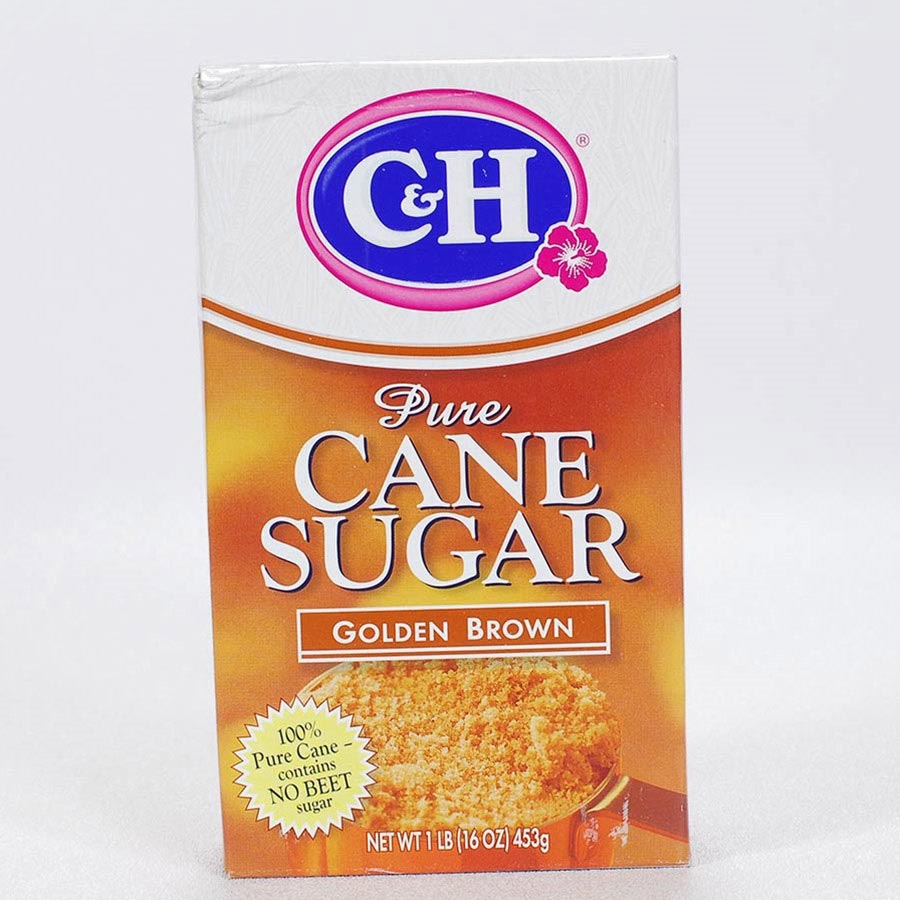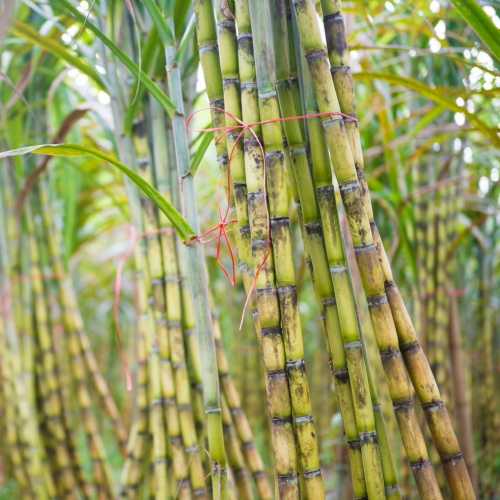The Trip of Cane Sugar Processing: From Harvest to Crystals
The Trip of Cane Sugar Processing: From Harvest to Crystals
Blog Article
Exploring the Comprehensive Tips Entailed in Walking Cane Sugar Processing From Harvesting to Improvement
The process of walking cane sugar manufacturing encompasses a series of intricate actions, beginning with the cautious harvesting of sugarcane and finishing in the refinement phases that make sure the end product fulfills sector standards. Each stage, from the removal of juice to the filtration and crystallization procedures, plays an important function in figuring out the top quality and character of the sugar. Understanding these stages not only highlights the intricacy of sugar manufacturing however additionally increases important inquiries about performance, sustainability, and technology in the industry. What effects do these variables have for future techniques?
Harvesting Sugarcane
Gathering sugarcane is a crucial action in the walking cane sugar handling chain, as it directly affects the quality and yield of the final product. Proper timing and techniques are essential during this phase to guarantee optimum sugar material and minimize losses. Commonly, sugarcane is harvested when it reaches maturation, usually 12 to 18 months after planting, characterized by a high sucrose concentration.

Post-harvest, the sugarcane must be refined quickly to stop sucrose degradation. Preferably, collected walking stick must be transferred to processing centers within 24 hours to preserve sugar top quality. Therefore, effective logistical preparation is essential to preserve the integrity of the gathered plant throughout the supply chain.
Extraction Process

The smashed walking cane goes through a collection of pressing operations to make the most of juice recovery. Normally, warm water is splashed onto the crushed walking cane, developing a countercurrent circulation that helps liquify the sugar while likewise helping in the extraction process. The juice collected from this operation contains not just sugar yet likewise various organic compounds and contaminations.

To improve extraction effectiveness, some centers may utilize diffusion methods, where the sugarcane is taken in warm water, allowing the soluble sugars to diffuse right into the fluid. The resulting juice, abundant in sucrose, is then guided to succeeding processing phases, laying the structure for purification and refinement. The extraction process is thus pivotal in establishing the high quality and yield of the last sugar item.
Filtration Strategies
The purification methods utilized in walking stick sugar handling are crucial for changing the raw juice right into a high-grade sugar product. These approaches primarily aim to remove contaminations, such as soil, plant products, and not natural materials, which can negatively impact the end product's flavor and color.
This process involves adding lime and heat to the raw juice, which assists in the coagulation of pollutants. In addition, the use of phosphoric acid can improve the explanation procedure by more binding impurities.
Another considerable technique is carbonatation, where co2 is presented to the clarified juice. This response produces calcium carbonate, which captures continuing to be pollutants and advertises their elimination.
Moreover, turned on carbon therapy might be put on adsorb any continuing to be colorants and natural impurities, ensuring a much more polished product. The mix of these techniques effectively prepares the sugar juice for subsequent action in the refining procedure, setting the phase for the production of top quality walking cane sugar.
Formation Methods
After the filtration phase, the following essential action in walking cane sugar processing involves condensation techniques, which play an essential role in transforming the clarified juice right into strong sugar. This process typically utilizes 2 primary techniques: spontaneous crystallization and controlled condensation.
In spontaneous formation, supersaturated sugar services are allowed to cool naturally, leading to the development of sugar crystals over time. This approach permits for the consistent development of sugar crystals and greater purity.
During condensation, the made clear juice is focused through evaporation, try here raising its sugar web content up until it gets to supersaturation. As soon as this point is accomplished, either approach can assist in the crystallization procedure. Cane Sugar Processing. The resultant sugar crystals are after that separated from the continuing to be syrup with centrifugation
Inevitably, the selection of formation technique influences the quality, size, and pureness of the last sugar product, making this action important in the general walking stick sugar processing treatment.
Improvement and Product Packaging
How can the pureness and quality of cane sugar be additionally enhanced after condensation? The refinement process plays a crucial function in attaining high-grade walking cane sugar. Complying with crystallization, sugar undertakes a complete washing to remove pollutants and recurring molasses. This is commonly completed using cozy water or heavy steam, which aids This Site liquify and remove undesirable components while maintaining the sugar crystals.
Next, the sugar undergoes a procedure called centrifugation, where it is rotated at broadband to divide the cleansed sugar crystals from the remaining liquid. After centrifugation, the sugar is commonly more fine-tuned via a technique called carbonization or phosphatation, which makes use of triggered carbon or phosphoric acid to remove color and off-flavors.
Once refined, the sugar is dried out to accomplish the desired moisture content, ensuring that it remains secure throughout storage space and transportation. The final step entails product packaging the refined sugar in airtight and moisture-proof containers to keep its high quality and prevent contamination. Cane Sugar Processing. Proper packaging not only prolongs rack life yet likewise assists in simple handling and circulation, making certain that consumers get sugar that fulfills the greatest criteria of purity and top quality
Conclusion
The extensive actions associated with walking stick sugar handling, from the precise harvesting of sugarcane to the elaborate refinement and product packaging phases, underscore the relevance of each stage in making certain high-grade sugar production. Optimal harvesting techniques, efficient removal approaches, and rigorous filtration procedures jointly contribute to the final item's purity and security. The condensation and succeeding packaging methods further enhance the stability and shelf life of the sugar, highlighting the complexity and accuracy inherent in this necessary farming industry.
The process of try here walking cane sugar manufacturing encompasses a collection of detailed steps, starting with the cautious harvesting of sugarcane and culminating in the improvement stages that make certain the final product meets market criteria. Preferably, harvested walking cane must be delivered to processing facilities within 24 hours to preserve sugar quality.In spontaneous condensation, supersaturated sugar options are enabled to cool down naturally, leading to the development of sugar crystals over time - Cane Sugar Processing. The improvement procedure plays a critical function in attaining premium walking cane sugar.The thorough actions involved in walking stick sugar processing, from the careful harvesting of sugarcane to the detailed refinement and packaging stages, highlight the significance of each phase in ensuring high-quality sugar production
Report this page